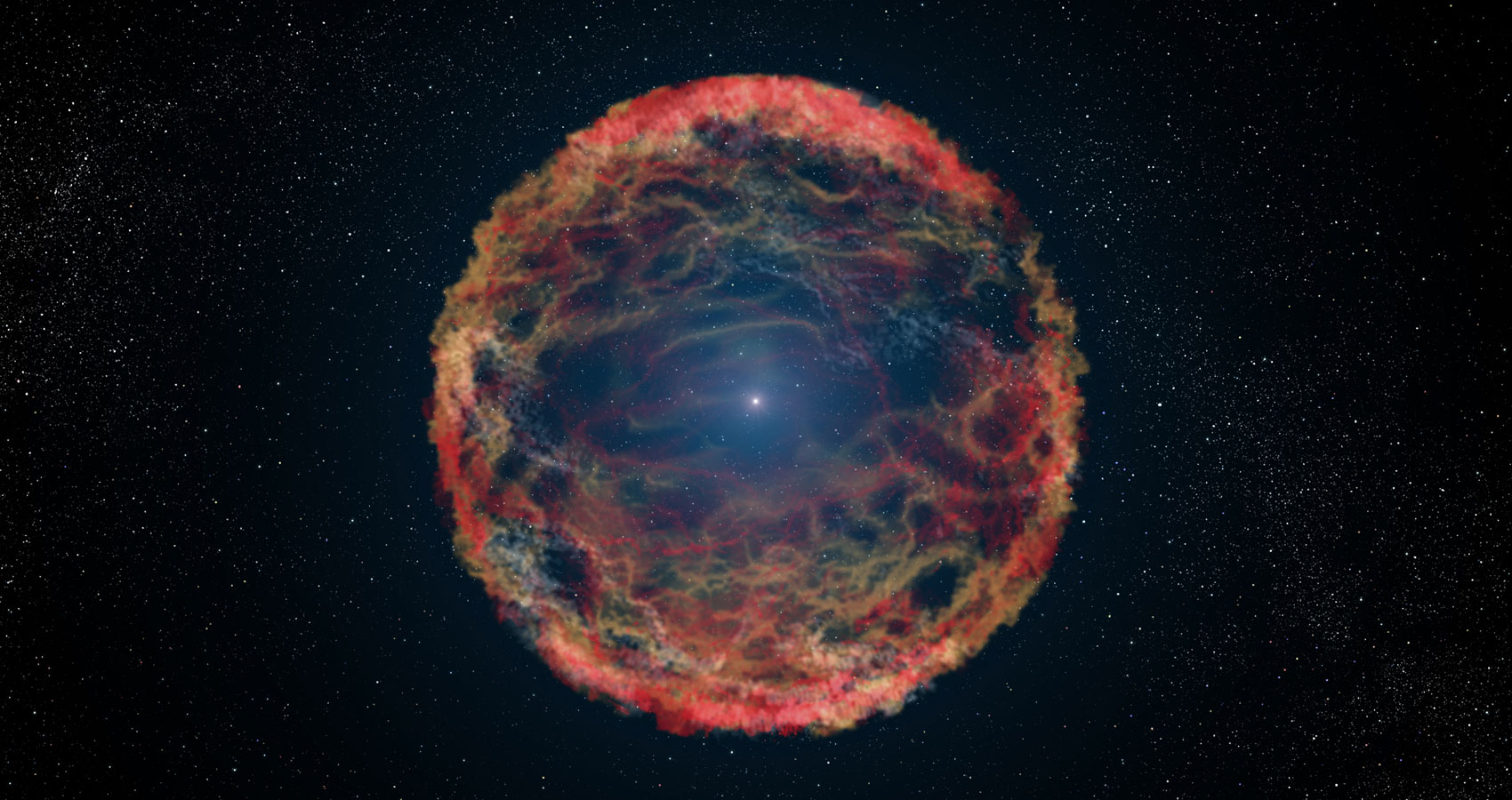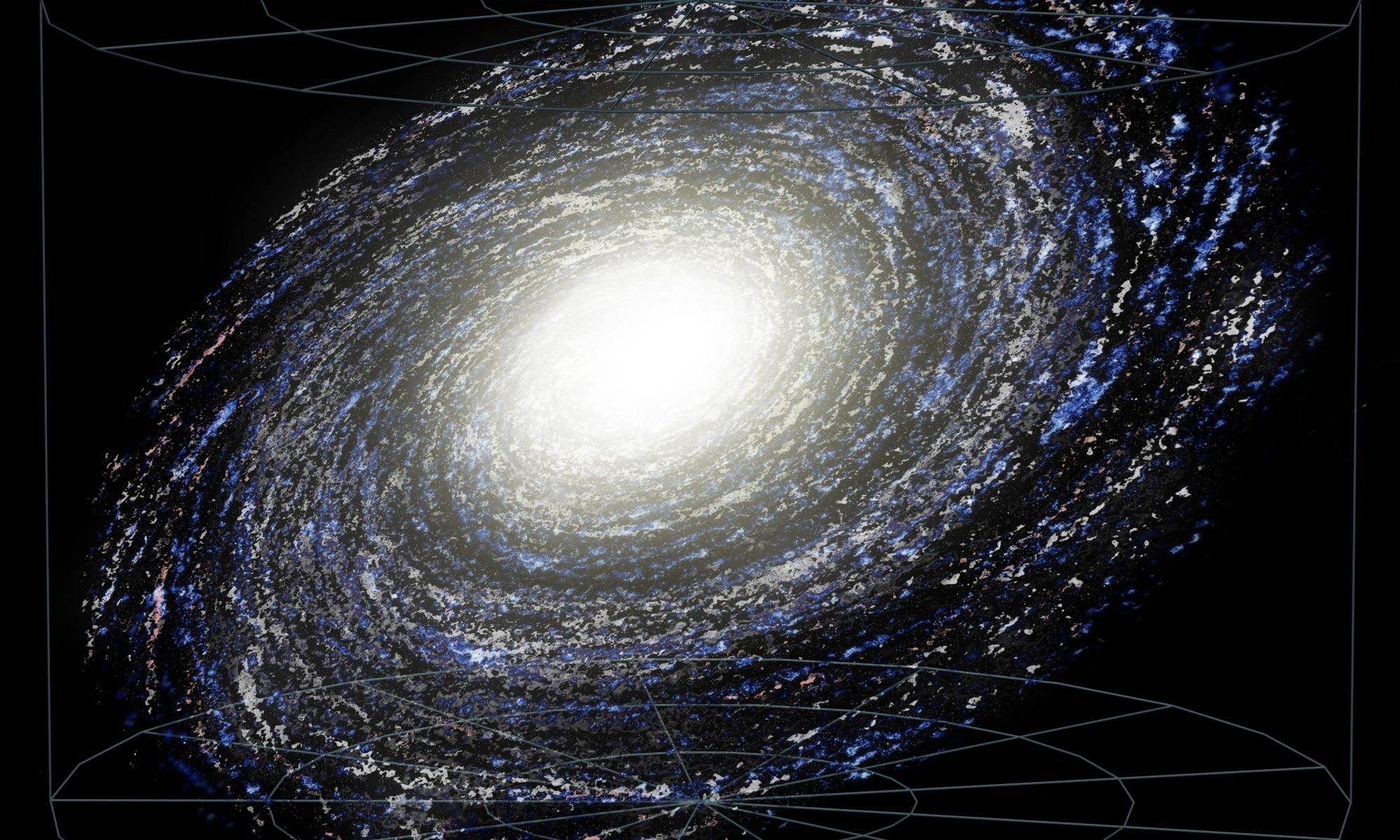Researchers have discovered an exciting new source of gravitational waves. They are the remnants left over from a supernova explosion, and they may just reveal the secrets to how those explosions work.
Continue reading “We Might Soon Detect the Gravitational Waves from Dying Stars”Why Didn’t the Big Bang Collapse in a Giant Black Hole?
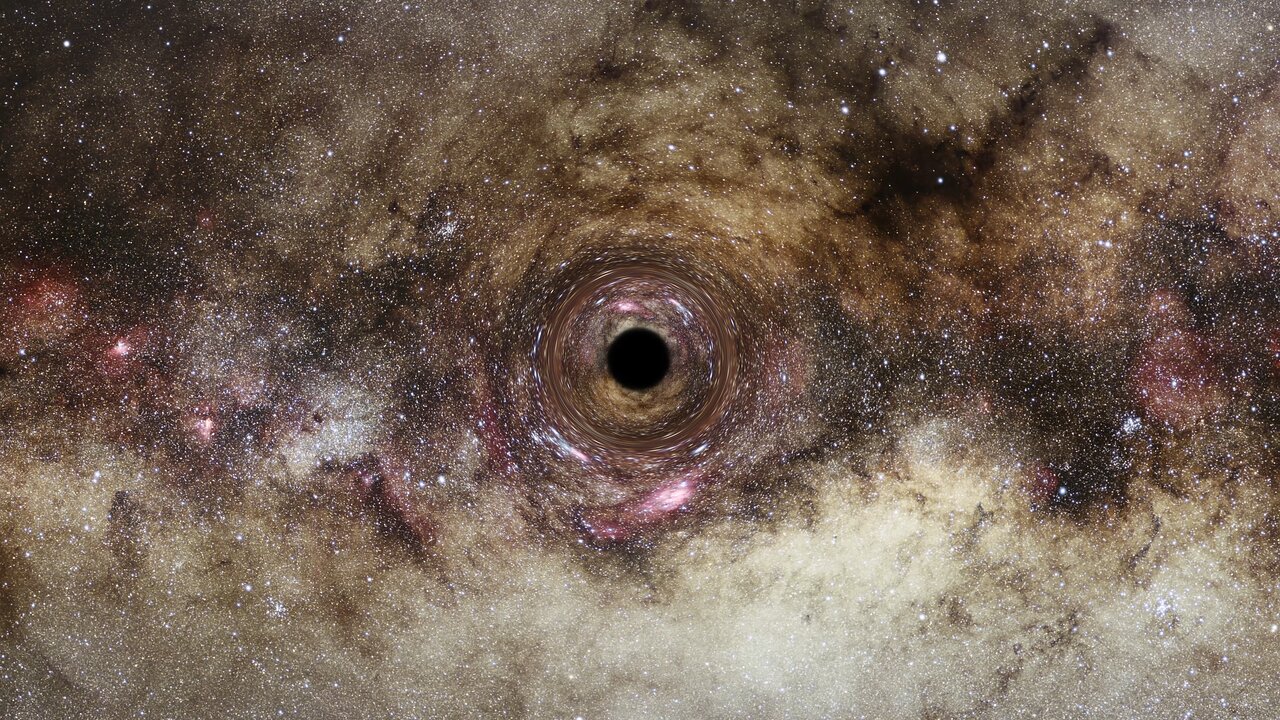
Despite the enormous densities, the early universe didn’t collapse into a black hole because, simply put, there was nothing to collapse into.
Continue reading “Why Didn’t the Big Bang Collapse in a Giant Black Hole?”JWST Shows How the Early Universe Was Furiously Forming Stars
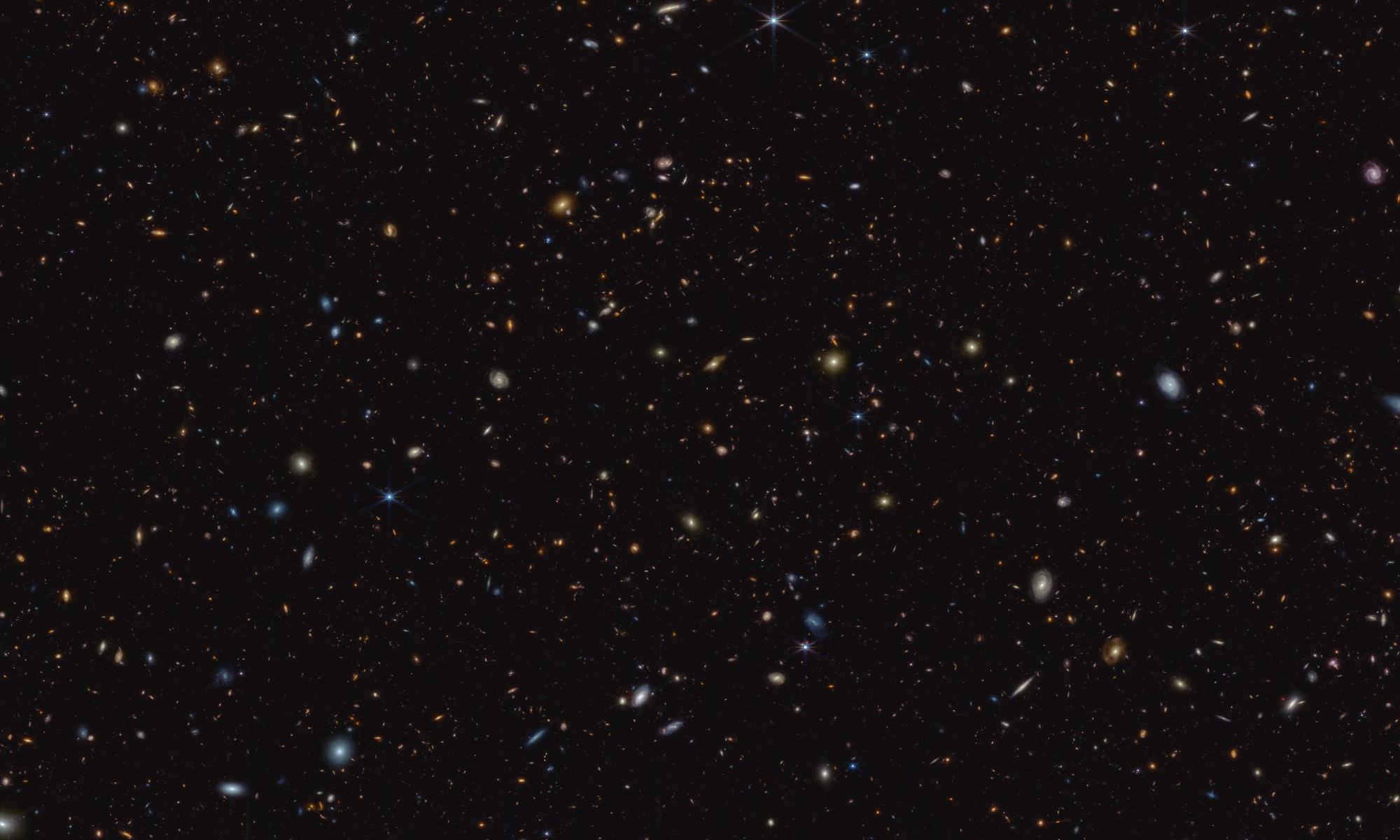
We can gaze out into regions in our neighbourhood of the Milky Way and find orgies of star birth. The closest region is in the Orion nebula, where astronomers have identified more than 700 young stars. They range from only 100,000 years—mere infancy for a star—to over a million years.
But we’re more than 13 billion years after the Big Bang now. What was star formation like way back when, when conditions in the Universe were so different?
Continue reading “JWST Shows How the Early Universe Was Furiously Forming Stars”20 Years of Mars Express Images Helped Build This Mosaic of the Red Planet
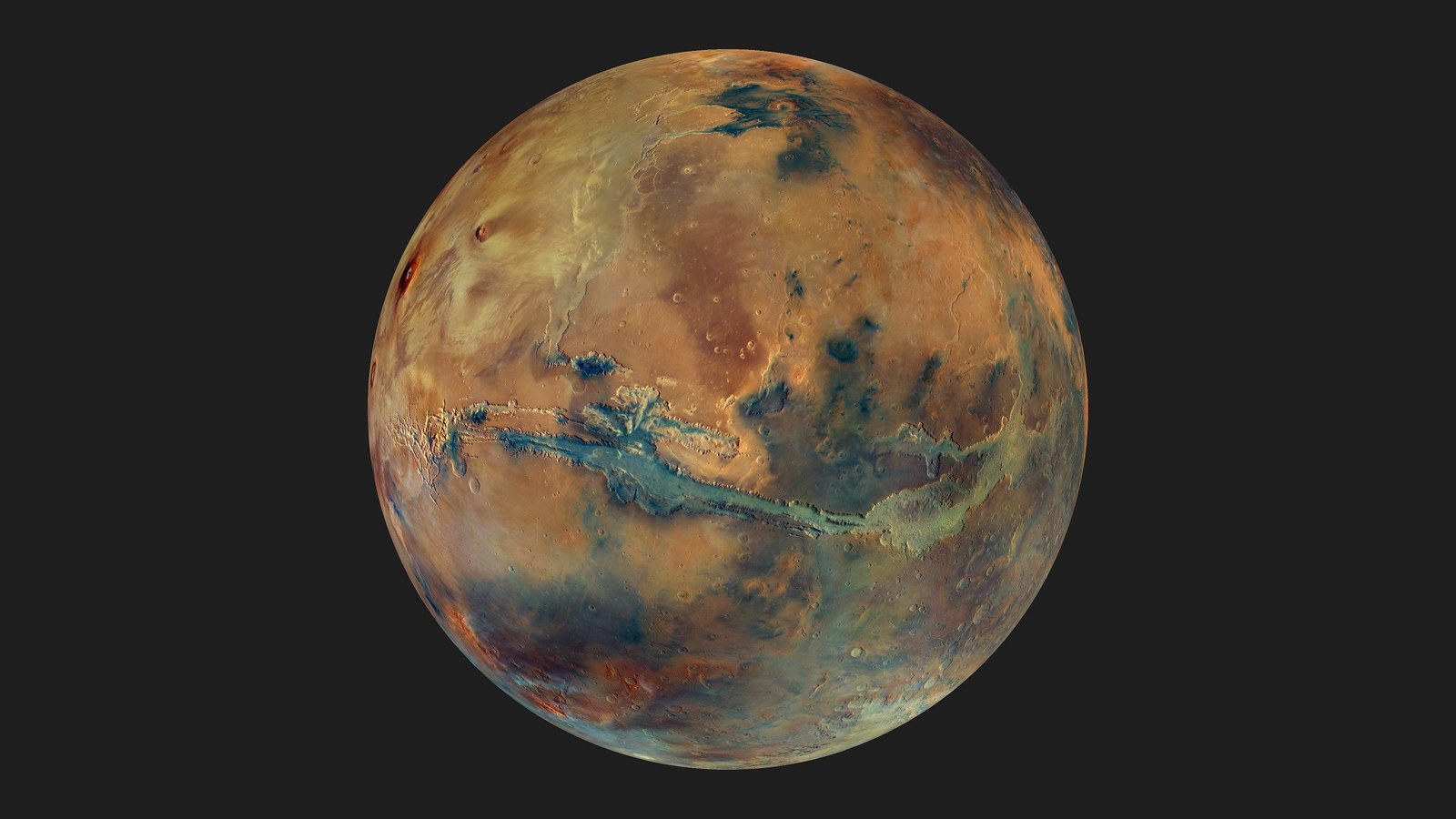
The Mars Express orbiter, the European Space Agency’s (ESA) first interplanetary mission, entered orbit around Mars on June 2nd, 2003. Since then, the probe has mapped the Martian surface using its High-Resolution Stereo Camera (HRSC), an instrument built by the German Aerospace Center (DLR) with commercial partners. In honor of the mission’s 20th anniversary, a celebration occurred last Friday (June 2nd) at the ESA’s European Space Operations Center (ESOC) in Darmstadt, Germany.
During the festivities, a series of global color mosaic images were live-streamed from the Mars Express orbiter to Earth. The mosaic is the result of a high-altitude campaign conducted by the HRSC science team and state-of-the-art image processing. The result is a mosaic unparalleled in detail, spatial resolution, and diversity of color that provides valuable insight into the Martian environment. This includes revealing the surface composition, demonstrating how water once flowed there in the past, and modern meteorological phenomena.
Continue reading “20 Years of Mars Express Images Helped Build This Mosaic of the Red Planet”New Satellite Successfully Beams Power From Space

Solar power is the fastest-growing form of renewable energy and currently accounts for 3.6% of global electricity production today. This makes it the third largest source of the renewable energy market, followed by hydroelectric power and wind. These three methods are expected to grow exponentially in the coming decades, reaching 40% by 2035 and 45% by 2050. Altogether, renewables are expected to account for 90% of the energy market by mid-century, with solar accounting for roughly half. However, several technical challenges and issues need to be overcome for this transition to occur.
The main limiting factor for solar power is intermittency, meaning it can only collect power when sufficient sunlight is available. To address this, scientists have spent decades researching space-based solar power (SBSP), where satellites in orbit would collect power 24 hours a day, 365 days a year, without interruption. To develop the technology, researchers with the Space Solar Power Project (SSPP) at Caltech recently completed the first successful wireless power transfer using the Microwave Array for Power-transfer Low-orbit Experiment (MAPLE).
Continue reading “New Satellite Successfully Beams Power From Space”Betelgeuse is Almost 50% Brighter Than Normal. What’s Going On?

Whenever something happens with Betelgeuse, speculations about it exploding as a supernova proliferate. It would be cool if it did. We’re far enough away to suffer no consequences, so it’s fun to imagine the sky lighting up like that for months.
Now the red supergiant star has brightened by almost 50%, and that has the speculation ramping up again.
Continue reading “Betelgeuse is Almost 50% Brighter Than Normal. What’s Going On?”JWST Scans an Ultra-Hot Jupiter’s Atmosphere
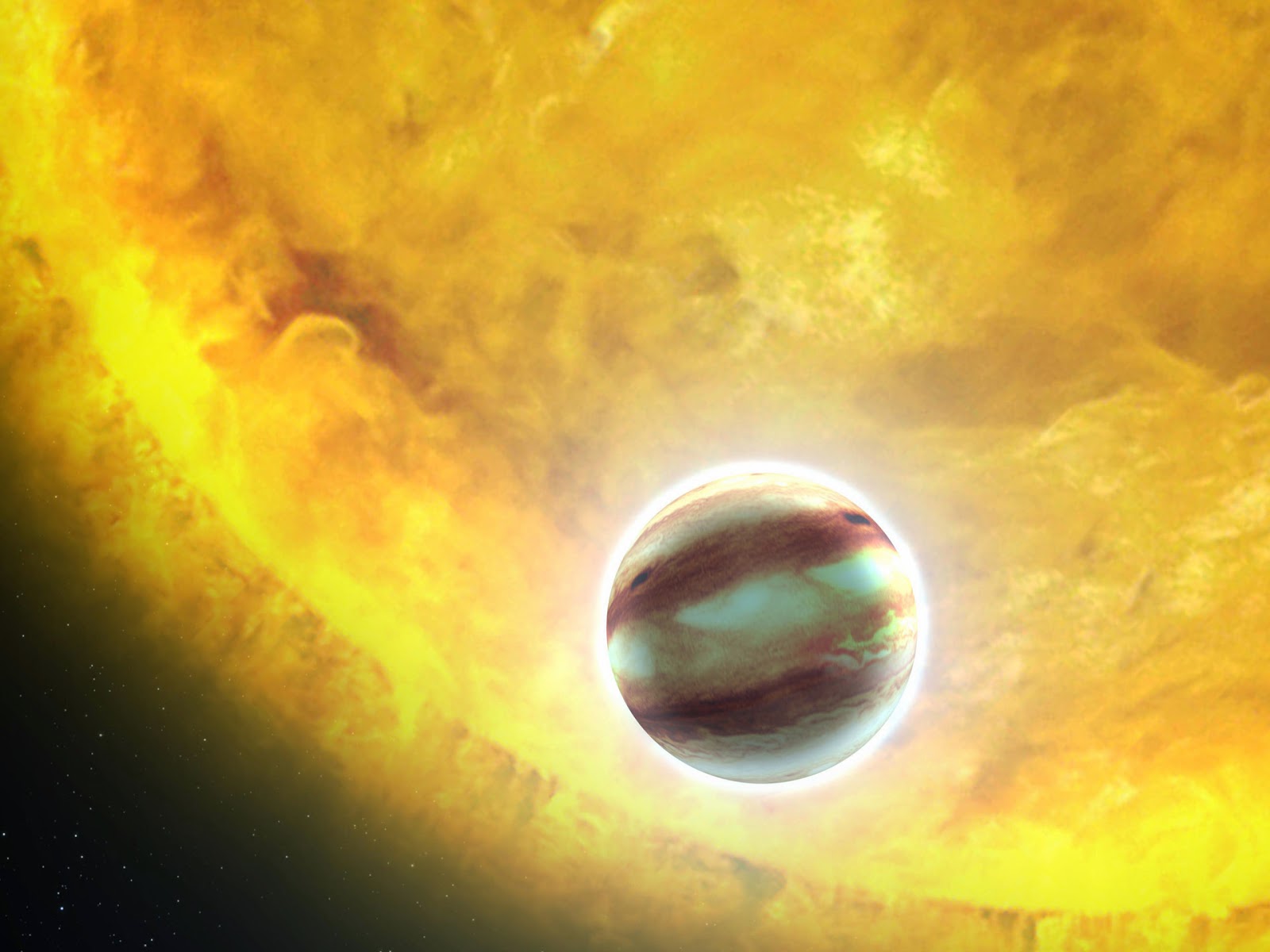
When astronomers discovered WASP-18b in 2009, they uncovered one of the most unusual planets ever found. It’s ten times as massive as Jupiter is, it’s tidally locked to its Sun-like star, and it completes an orbit in less than one Earth day, about 23 hours.
Now astronomers have pointed the JWST and its powerful NIRSS instrument at the ultra-Hot Jupiter and mapped its extraordinary atmosphere.
Continue reading “JWST Scans an Ultra-Hot Jupiter’s Atmosphere”Exactly How Massive is the Milky Way?
How do you weigh a galaxy? It’s an astronomical challenge, particularly if it’s the galaxy you call home. It turns out there are several ways to get a handle on the mass of the Milky Way, and a recent study summarizes these methods to present the best value.
Continue reading “Exactly How Massive is the Milky Way?”Here's How You Could Get Impossibly Large Galaxies in the Early Universe
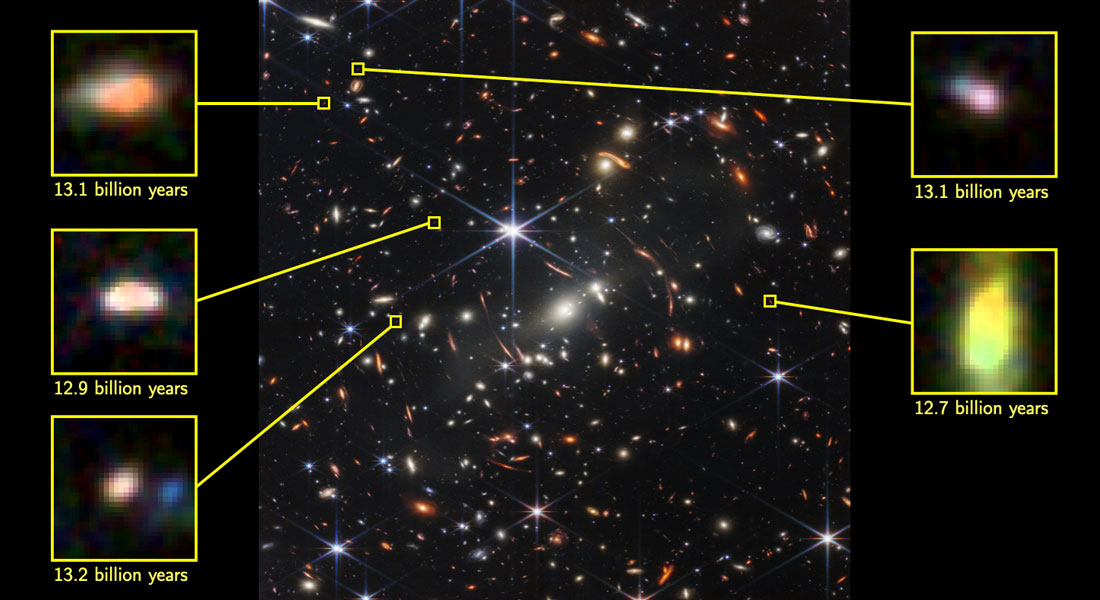
One of the most interesting (and confounding) discoveries made by the James Webb Space Telescope (JWST) is the existence of “impossibly large galaxies.” As noted in a previous article, these galaxies existed during the “Cosmic Dawn,” the period that coincided with the end of the “Cosmic Dark Age” (roughly 1 billion years after the Big Bang). This period is believed to hold the answers to many cosmological mysteries, not the least of which is what the earliest galaxies in the Universe looked like. But after Webb obtained images of these primordial galaxies, astronomers noticed something perplexing.
The galaxies were much larger than what the most widely accepted cosmological model predicts! Since then, astronomers and astrophysicists have been racking their brains to explain how these galaxies could have formed. Recently, a team of astrophysicists from The Hebrew University of Jerusalem Jerusalem published a theoretical model that addresses the mystery of these massive galaxies. According to their findings, the prevalence of special conditions in these galaxies (at the time) allowed highly-efficient rates of star formation without interference from other stars.
Continue reading “Here's How You Could Get Impossibly Large Galaxies in the Early Universe”The Kepler Mission’s Final Three Planets?
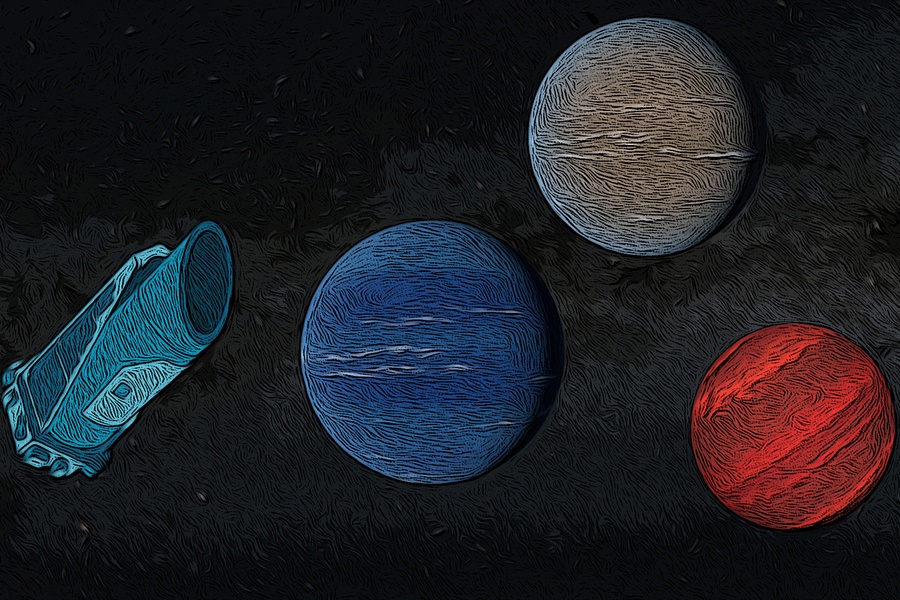
NASA’s Kepler spacecraft ended its observations in October 2018 after nine and a half years, a solid six years beyond its planned duration. It discovered 2,711 confirmed exoplanets and another 2,056 exoplanet candidates as of August 2022.
Now, astronomers at MIT and the University of Wisconsin uncovered three more exoplanets in the data from Kepler’s final days of observations. They needed the help of dedicated amateurs to do it.
Continue reading “The Kepler Mission’s Final Three Planets?”
